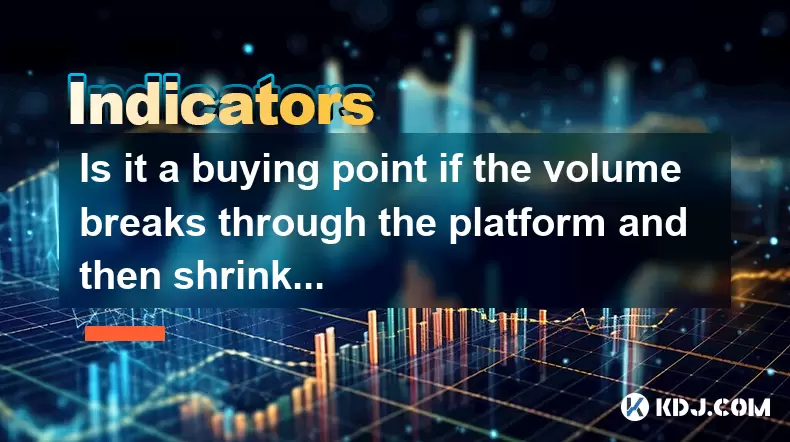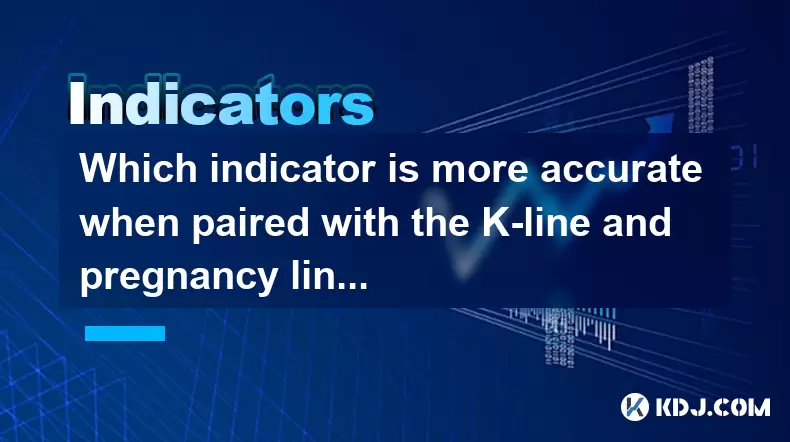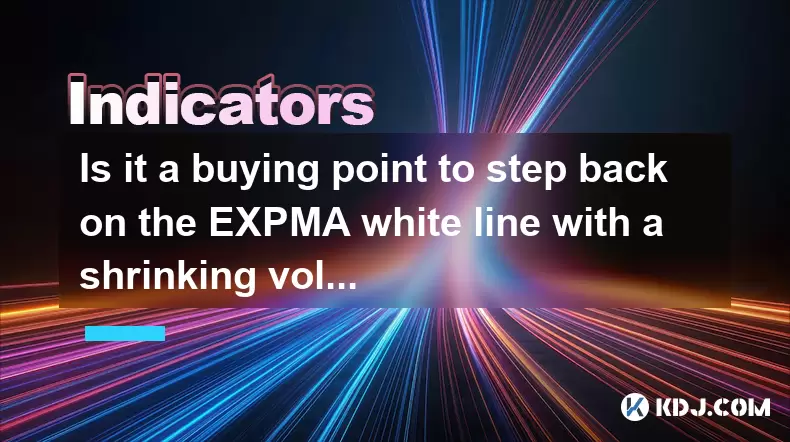-
 Bitcoin
Bitcoin $119300
1.07% -
 Ethereum
Ethereum $3730
3.87% -
 XRP
XRP $3.235
0.29% -
 Tether USDt
Tether USDt $1.000
0.00% -
 BNB
BNB $783.5
1.88% -
 Solana
Solana $188.7
0.25% -
 USDC
USDC $0.0000
-0.01% -
 Dogecoin
Dogecoin $0.2399
-0.44% -
 TRON
TRON $0.3157
2.37% -
 Cardano
Cardano $0.8254
1.94% -
 Hyperliquid
Hyperliquid $42.83
0.14% -
 Stellar
Stellar $0.4372
3.21% -
 Sui
Sui $3.859
4.91% -
 Chainlink
Chainlink $18.53
3.53% -
 Hedera
Hedera $0.2464
0.01% -
 Bitcoin Cash
Bitcoin Cash $519.8
2.46% -
 Avalanche
Avalanche $24.24
2.17% -
 Litecoin
Litecoin $113.7
0.73% -
 UNUS SED LEO
UNUS SED LEO $8.990
0.30% -
 Shiba Inu
Shiba Inu $0.00001390
0.21% -
 Toncoin
Toncoin $3.188
1.49% -
 Ethena USDe
Ethena USDe $1.001
0.02% -
 Polkadot
Polkadot $4.090
-0.91% -
 Uniswap
Uniswap $10.40
4.08% -
 Monero
Monero $326.6
3.12% -
 Bitget Token
Bitget Token $4.627
-0.42% -
 Pepe
Pepe $0.00001281
0.76% -
 Dai
Dai $1.000
0.01% -
 Aave
Aave $291.6
0.98% -
 Cronos
Cronos $0.1269
7.26%
Is it a buying point if the volume breaks through the platform and then shrinks and steps back on the 5-day line?
A surge in volume followed by a pullback to the 5DMA with shrinking volume may signal a healthy consolidation and potential bullish continuation.
Jun 29, 2025 at 02:07 am

Understanding the Scenario: Volume Breakthrough and Retracement
When traders analyze cryptocurrency charts, one of the key indicators they focus on is volume. A breakthrough in volume typically indicates strong market interest. In this case, if the volume surges above a previous consolidation platform, it signals that buyers may be entering the market aggressively. However, what follows—a reduction in volume and a pullback to the 5-day moving average (5DMA)—can raise questions about whether this is a valid entry point.
The 5-day moving average acts as a short-term trend line for many crypto traders. When price pulls back to this level after a breakout, especially with reduced volume, it might suggest a healthy consolidation phase rather than a reversal. The shrinking volume can indicate that selling pressure is decreasing, which could set the stage for another bullish move.
Interpreting Volume Patterns Around the 5DMA
Volume plays a critical role in confirming price action. If the initial breakout was accompanied by high volume, it validates the strength behind the move. However, when the price steps back toward the 5DMA with lower volume, it often reflects a temporary pause rather than a failed rally.
This pattern suggests that institutional or smart money may be accumulating during the retracement. Lower volume on the pullback means fewer sellers are willing to offload at these levels, indicating support. Traders often look for candlestick patterns such as dojis, hammers, or bullish engulfing patterns near the 5DMA to confirm potential reversals.
Evaluating Price Behavior Near the 5DMA After a Volume Surge
After a surge in volume and a subsequent retreat, the behavior of the price around the 5DMA becomes crucial. If the price holds above this moving average and begins to stabilize, it could signal that the uptrend remains intact.
Traders should also monitor price reaction zones. For instance, if the price previously consolidated in a range before breaking out, retesting that area with low volume might offer a second chance to enter. This is especially true if the 5DMA aligns with a Fibonacci retracement level or other technical confluence points.
Confirming the Signal with Other Indicators
Relying solely on volume and the 5DMA can be risky. To increase confidence in the setup, traders often combine these observations with other technical tools:
- RSI (Relative Strength Index): A pullback with RSI staying above 50 suggests underlying strength.
- MACD (Moving Average Convergence Divergence): Look for bullish crossovers or divergences during the pullback.
- Bollinger Bands: A contraction during the retracement can signal an impending breakout.
These additional filters help filter out false signals and provide a more comprehensive view of whether the retracement is a buying opportunity or a trap.
Practical Steps to Evaluate and Execute the Trade
For traders considering entry based on this pattern, here's how to approach it methodically:
- Identify the prior volume surge: Ensure there was a clear spike in volume that broke above a consolidation zone.
- Mark the 5DMA level: Use a charting tool to plot the 5-day moving average accurately.
- Observe price behavior at the 5DMA: Watch for signs of rejection or support.
- Check volume during the pullback: It should ideally be lower than the initial surge.
- Use candlestick confirmation: Wait for a bullish candle close above resistance or a reversal pattern.
- Set stop-loss below the recent swing low: Protect capital in case the support breaks.
- Target a risk-reward ratio of at least 1:2: Aim for profits twice the size of your stop-loss.
Each step must be executed carefully to avoid premature entries or misjudging the market sentiment.
Risk Management Considerations
Even if all conditions seem favorable, managing risk is essential in cryptocurrency trading due to its volatile nature. Position sizing should be adjusted according to account size and volatility levels. Traders should also consider market context, including news events, macroeconomic factors, and overall sector performance.
Avoiding over-leveraging is crucial. Since crypto markets can turn quickly, using trailing stops or partial profit-taking strategies can help lock in gains while allowing room for further upside.
Frequently Asked Questions (FAQ)
What does a shrinking volume during a pullback mean?
A shrinking volume during a pullback typically indicates that selling pressure is waning. In the context of a prior volume surge, this can be interpreted as a sign of accumulation rather than panic selling. It suggests that bears are not in control and that bulls may soon resume pushing prices higher.
Can I rely solely on the 5DMA for making buy decisions?
While the 5-day moving average is a useful tool for identifying short-term trends, relying on it alone increases the risk of false signals. Combining it with volume analysis, candlestick patterns, and momentum indicators provides a more robust framework for decision-making.
How long should I wait for a confirmation candle after the price reaches the 5DMA?
There’s no fixed time frame, but most traders prefer to see a clear candlestick close above key levels within one to two periods. Waiting for a bullish engulfing pattern, hammer, or a pin bar can increase the probability of a successful trade.
Is this strategy applicable across all cryptocurrencies?
This strategy works best on liquid and actively traded cryptocurrencies. Less liquid altcoins may exhibit erratic volume patterns and false breakouts. Always verify that the asset has sufficient trading volume and chart reliability before applying any technical strategy.
Disclaimer:info@kdj.com
The information provided is not trading advice. kdj.com does not assume any responsibility for any investments made based on the information provided in this article. Cryptocurrencies are highly volatile and it is highly recommended that you invest with caution after thorough research!
If you believe that the content used on this website infringes your copyright, please contact us immediately (info@kdj.com) and we will delete it promptly.
- TRON, Crypto Payroll, and Stablecoins: A New York Minute on the Future of Finance
- 2025-07-25 08:30:11
- WazirX, Revote, and Crypto Unlock: A New York Minute on the Latest Developments
- 2025-07-25 06:50:11
- Hong Kong Stablecoin Regulation: Navigating the Hype and Hurdles
- 2025-07-25 08:30:11
- Bitcoin LTHs, CDD Ratio, and Distribution: What's the Deal?
- 2025-07-25 08:50:12
- Satoshi-Era Bitcoin Whale Awakens: $469 Million in BTC on the Move
- 2025-07-25 06:30:11
- TIA Tokens, Crypto Shift & Ripple Effect: What's the Deal?
- 2025-07-25 07:10:11
Related knowledge

Should I go all in when DIF crosses DEA?
Jul 25,2025 at 12:42am
Understanding DIF and DEA in MACD AnalysisWhen traders analyze DIF and DEA in the context of the Moving Average Convergence Divergence (MACD) indicato...

Should I go all in when the upper edge of the box is broken?
Jul 25,2025 at 01:50am
Understanding the 'Box' in Cryptocurrency Price ChartsThe term 'box' in cryptocurrency trading typically refers to a price consolidation range where t...

Should I go all in when the parabolic turning signal appears?
Jul 25,2025 at 06:36am
Understanding the Parabolic Turning Signal in Crypto TradingThe parabolic turning signal is a technical indicator derived from the Parabolic SAR (Stop...

Should I follow up with a full position when the trading volume suddenly increases?
Jul 25,2025 at 12:28am
Understanding Sudden Increases in Trading VolumeA sudden spike in trading volume often signals heightened market activity and can indicate that new in...

Which indicator is more accurate when paired with the K-line and pregnancy line combination?
Jul 25,2025 at 05:43am
Understanding the K-Line and Pregnancy Line CombinationThe K-line, also known as the Japanese candlestick chart, is a foundational tool in technical a...

Is it a buying point to step back on the EXPMA white line with a shrinking volume?
Jul 25,2025 at 08:56am
Understanding the EXPMA Indicator and Its White LineThe Exponential Moving Average (EXPMA) is a technical analysis tool widely used in cryptocurrency ...

Should I go all in when DIF crosses DEA?
Jul 25,2025 at 12:42am
Understanding DIF and DEA in MACD AnalysisWhen traders analyze DIF and DEA in the context of the Moving Average Convergence Divergence (MACD) indicato...

Should I go all in when the upper edge of the box is broken?
Jul 25,2025 at 01:50am
Understanding the 'Box' in Cryptocurrency Price ChartsThe term 'box' in cryptocurrency trading typically refers to a price consolidation range where t...

Should I go all in when the parabolic turning signal appears?
Jul 25,2025 at 06:36am
Understanding the Parabolic Turning Signal in Crypto TradingThe parabolic turning signal is a technical indicator derived from the Parabolic SAR (Stop...

Should I follow up with a full position when the trading volume suddenly increases?
Jul 25,2025 at 12:28am
Understanding Sudden Increases in Trading VolumeA sudden spike in trading volume often signals heightened market activity and can indicate that new in...

Which indicator is more accurate when paired with the K-line and pregnancy line combination?
Jul 25,2025 at 05:43am
Understanding the K-Line and Pregnancy Line CombinationThe K-line, also known as the Japanese candlestick chart, is a foundational tool in technical a...

Is it a buying point to step back on the EXPMA white line with a shrinking volume?
Jul 25,2025 at 08:56am
Understanding the EXPMA Indicator and Its White LineThe Exponential Moving Average (EXPMA) is a technical analysis tool widely used in cryptocurrency ...
See all articles

























































































